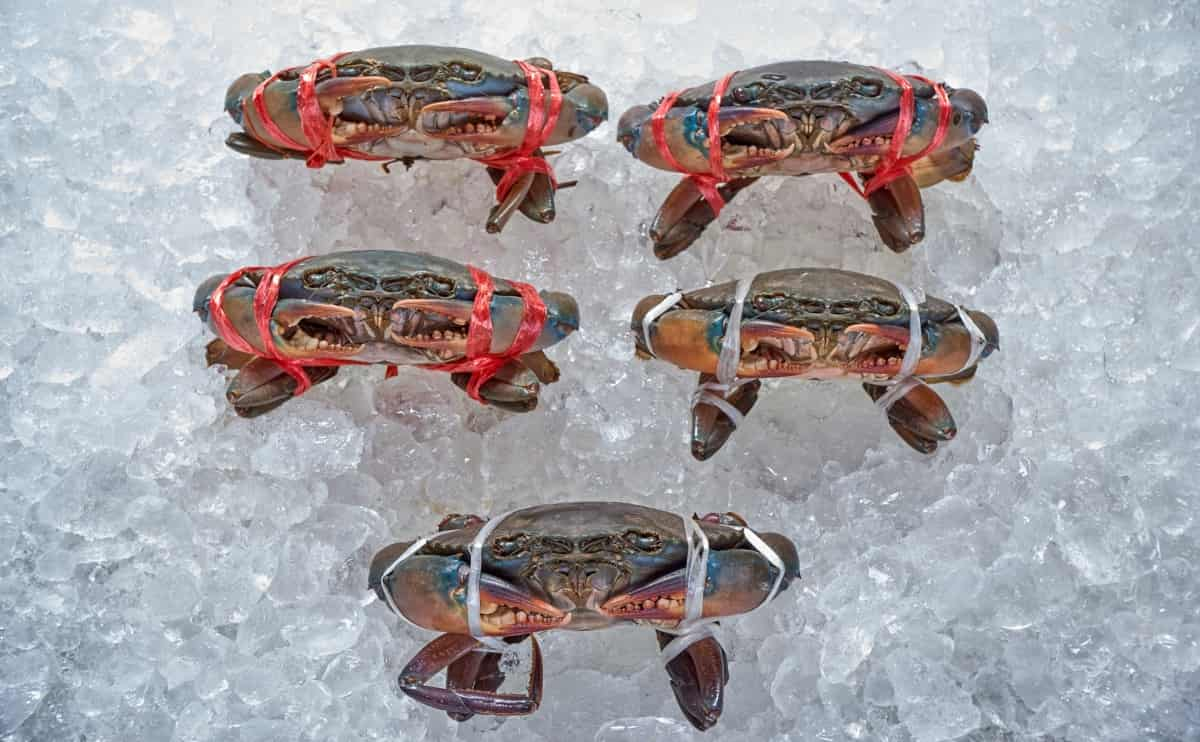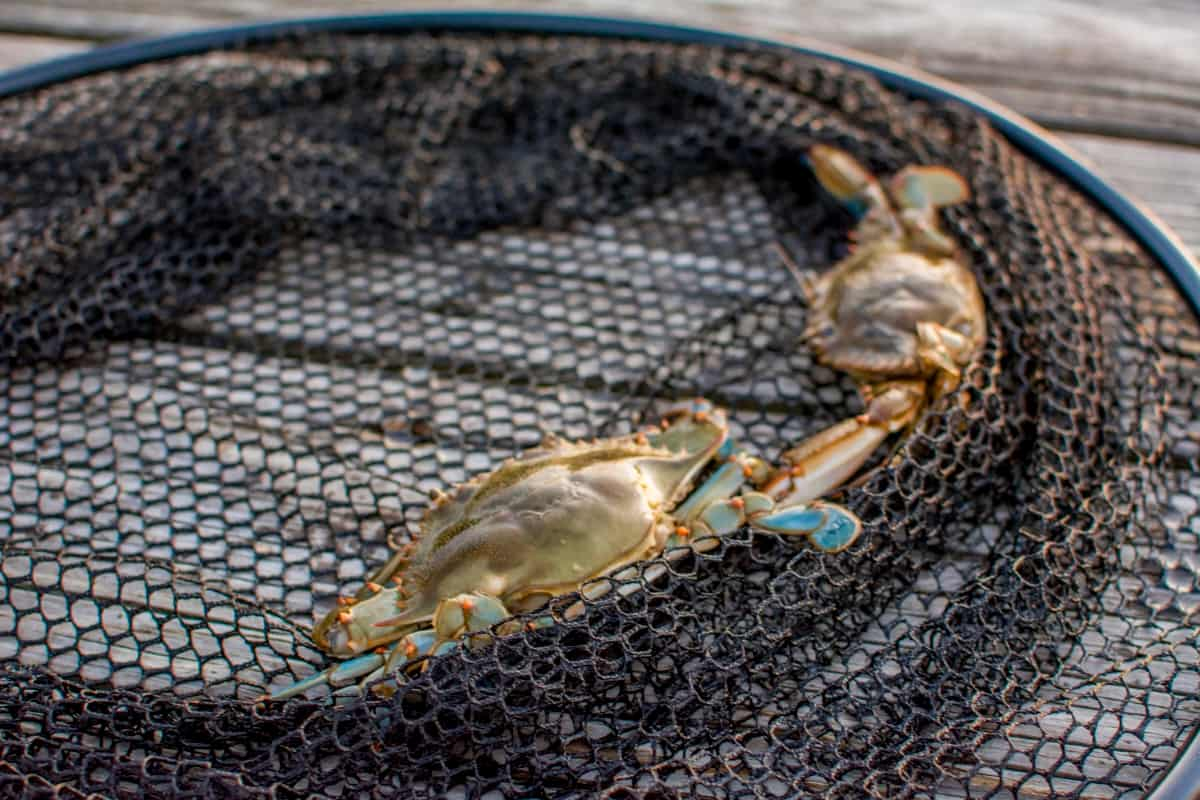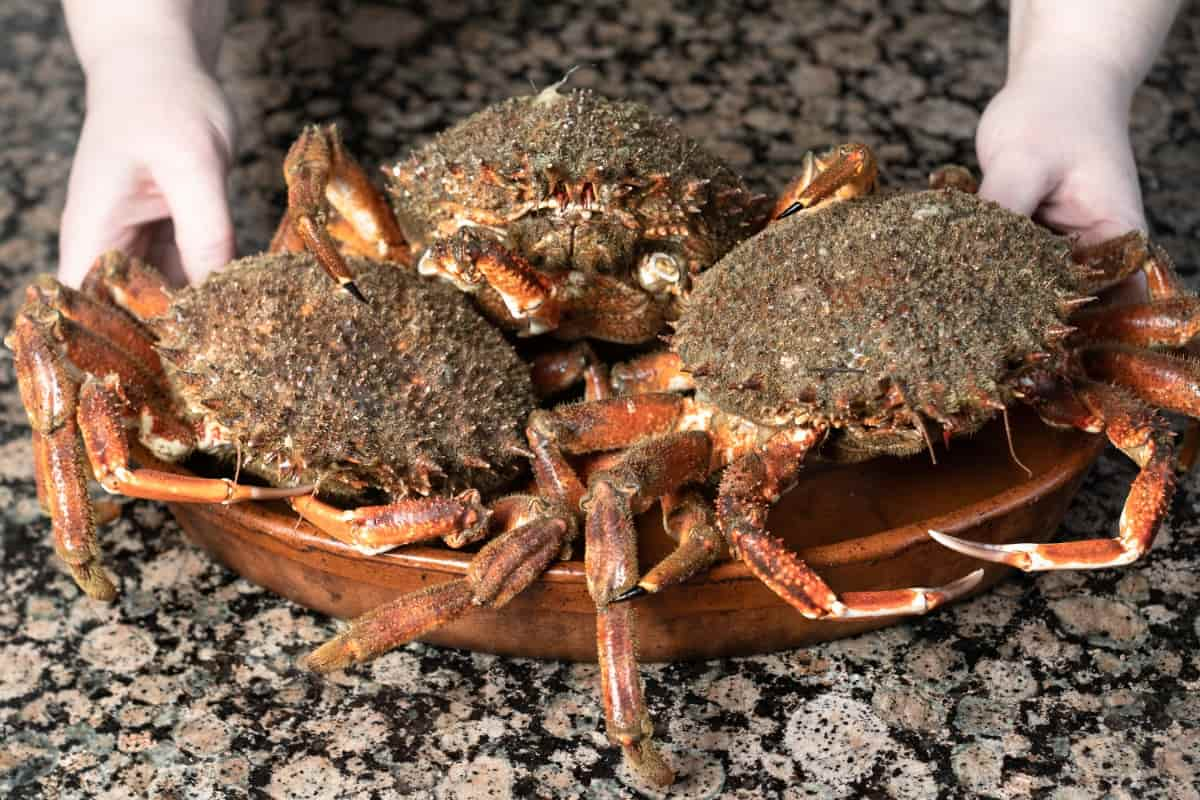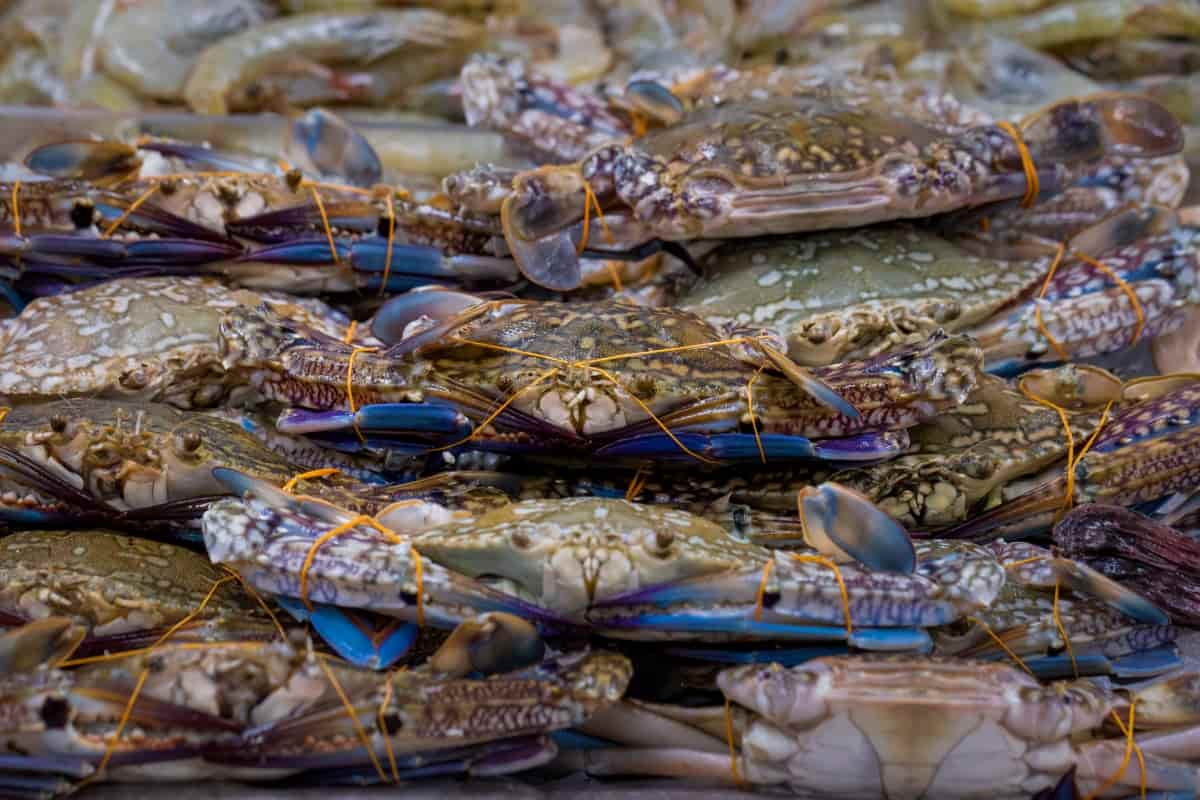Cage culture for soft shell crabs involves raising and harvesting crabs in controlled environments optimizing conditions for their molting process. Soft shell crabs are highly sought after in culinary markets due to their tender meat and unique flavor. In cage culture, crab juveniles are placed in floating or submerged cages, providing a confined yet natural habitat that facilitates molting. The cages protect crabs from predators, optimize feed management, and simplify harvest.

Crucial aspects include monitoring water quality, maintaining proper salinity levels, and regulating temperature to mimic the crabs’ natural environment. Timely removal of soft-shelled individuals is essential to prevent cannibalism and ensure a successful harvest. This sustainable method enhances production efficiency while preserving natural ecosystems.
Cage Culture of Soft Shell Crabs
Select the Ideal Location
Choosing the right location for cage culture is crucial for the success of soft-shell crab farming. Ideal sites are coastal areas with salty water, as soft-shell crabs thrive in environments that mimic their natural habitats. Look for locations with a stable salinity level, typically ranging from 10 to 25 parts per thousand (ppt), which is essential for the molting process. Additionally, a water temperature between 25 to 30°C is optimal for soft-shell crab growth.
Sheltered bays or estuaries with minimal water flow and protection from strong currents are preferred to prevent damage to the cages and ensure the safety of the crabs. Adequate sunlight exposure is necessary for the growth of plankton, a key component of the crab’s diet. Conducting a thorough site assessment, including water quality testing and environmental impact considerations, will aid in selecting an ideal location that promotes the health and productivity of soft shell crabs in cage culture.
Design and Construct the Optimal Crab Cages for Aquaculture
Designing and constructing optimal crab cages for aquaculture involves considerations for the comfort and growth of soft shell crabs. The cage should feature a sturdy frame made of corrosion-resistant materials such as galvanized steel to withstand the aquatic environment. Employ a mesh or netting with appropriate spacing to prevent crab escape and facilitate water flow. The cage dimensions should allow for sufficient water exchange and sunlight penetration, promoting plankton growth for natural crab food.
In case you missed it: A Step-By-Step Guide to Starting Your Own Crab Farm: Cultivation Process

Incorporate a secure lid to protect crabs from predators while providing easy access for feeding and monitoring. Regularly spaced openings in the cage facilitate molting crabs to shed their exoskeletons easily. To minimize environmental impact, use eco-friendly materials and conduct periodic maintenance to ensure the longevity of the cage system.
Water Quality Management
Effective water quality management is crucial for the successful cage culture of soft-shell crabs. Regular monitoring of parameters such as dissolved oxygen, salinity, temperature, and pH is essential. Maintain optimal salinity levels between 10 to 25 ppt to support molting. Adequate aeration and water circulation prevent oxygen depletion and ensure a healthy environment.
Implement a robust waste management system to minimize ammonia and nitrite buildup. Periodic water exchanges or the use of biofiltration methods can help maintain water quality. Preventing the accumulation of organic matter and adjusting stocking densities based on cage size are vital practices. This proactive approach to water quality ensures the well-being of soft-shell crabs, promoting optimal growth and molting cycles in cage culture systems.
Feed and Nutrition Strategies
Developing effective feed and nutrition strategies is crucial for maximizing growth and molting frequency in soft shell crabs within cage culture systems. Provide a balanced diet that should include high-quality pellets supplemented with natural foods like plankton and small crustaceans. Adjust feeding rates based on crab size, ensuring optimal nutrition without overfeeding. Timing is critical; distribute feeds during periods when crabs are actively feeding.
Utilize nutrient-rich feed formulations to support molting, a key phase in soft-shell crab aquaculture. Regularly assess feed conversion ratios to optimize efficiency. Additionally, incorporate vitamin and mineral supplements to enhance overall health. Monitoring crab behavior and growth rates provides valuable insights, allowing for real-time adjustments to the feed strategy, ultimately maximizing the yield and quality of soft shell crabs in cage culture.
Health Management and Disease Prevention
Regular monitoring of water quality parameters is critical, as poor conditions can stress the crabs, making them susceptible to diseases. Implement biosecurity measures, including quarantine procedures for new stock, to prevent the introduction of pathogens. Maintain optimal stocking densities to reduce stress and minimize the risk of disease transmission. Conduct routine health assessments, checking for signs of abnormalities such as lethargy or shell discoloration.
In case you missed it: Crab Rearing in Box Culture Method: A Step-By-Step Guide

In the event of disease outbreaks, promptly isolate affected individuals and seek veterinary advice for appropriate treatment measures. Proactive measures such as vaccination, proper nutrition, and maintaining a clean and well-aerated environment contribute to overall disease resistance. A holistic health management approach ensures the well-being of soft shell crabs, mitigates disease risks and supports the sustainability of cage culture operations.
Harvest and Handle Techniques for Soft Shell Crabs in Cage Culture
Harvesting soft shell crabs in cage culture requires careful techniques to maintain product quality. Monitor molting indicators such as softness and color change and promptly harvest during the molting phase. Handle crabs gently to avoid stress and shell damage. Grasp crabs from the rear to prevent injury to limbs or delicate soft shells. Use a dedicated harvesting tool to minimize handling and stress.
After harvest, cool crabs immediately to slow metabolic processes and extend shelf life. Employ efficient sorting methods to grade crabs based on size and quality, optimizing market value. Implementing proper harvest and handling techniques ensures a high-quality product, meeting consumer expectations in soft shell crab markets.
Economic Viability and Market Considerations
Assess the initial investment in cage infrastructure, operational costs, and ongoing maintenance. Considerations such as water quality management, disease prevention, and feed costs impact overall production efficiency. Market research is crucial to understanding demand, pricing trends, and consumer preferences for soft shell crabs.
In case you missed it: Crab Farming Success Story: Check How This Aqua Farmer Turns His Business Profitable

Establish strategic partnerships with distributors and seafood retailers to maximize market reach. Continuously optimize production processes to achieve economies of scale and enhance profitability. Adapt production volumes to meet market demands and explore value-added products. A well-planned marketing strategy, coupled with efficient production practices, contributes to the economic success of cage culture operations for soft shell crabs.
Conclusion
In conclusion, the cage culture of soft shell crabs offers a sustainable and controlled environment for optimal growth and molting. Careful consideration of water quality, feed strategies, and disease prevention ensures health and productivity. Implementing proper harvest and handling techniques, coupled with economic viability assessments, contributes to a successful venture.
- Feed Your Flock for Less: Top 10 Tips to Save on Chicken Feed
- Ultimate Guide to Ossabaw Island Hog: Breeding, Raising, Diet, and Care
- Hatching Answers: The Top 10 Reasons Your Chickens Aren’t Laying Eggs
- Eggs and Economics: Breaking Down the Cost of Raising Backyard Chickens
- Defend Your Greens: Proven Methods to Keep Iguanas Out of Your Garden
- Ultimate Guide to Cinnamon Queen Chicken: A Comprehensive Guide for Beginners
- Ultimate Guide to California Tan Chicken: Breeding, Raising, Diet, Egg-Production and Care
- Ultimate Guide to Marsh Daisy Chicken: Breeding, Raising, Diet, and Care
- 10 Types of Chicken Farming Businesses You Can Start for Profits